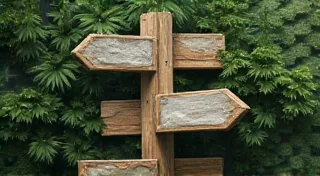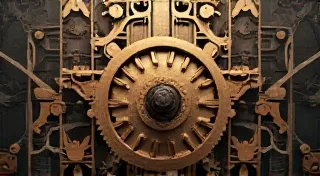The Gilded Age of Parcheesi: Fortune, Frivolity, and Board Game Status
The scent of aged paper, the gentle rattle of carved ivory dice – these are the sensations that transport me back to a different era. For a collector of vintage board games, it’s more than just acquiring objects; it's stepping into a time capsule, experiencing a tangible link to history. And few games embody the spirit of a bygone age more vividly than Parcheesi, especially those crafted during the late 19th century – the Gilded Age. To understand the allure of these antique Parcheesi sets isn't simply about appreciating a game; it's about understanding the social landscape that fueled its popularity.
The Gilded Age. The term itself evokes images of extravagant wealth, opulent mansions, and a frenetic pursuit of leisure. While rapid industrialization brought unprecedented prosperity to some, it also created a vast chasm between the haves and have-nots. The elite sought avenues to display their wealth and status, and surprisingly, this often extended to the seemingly trivial pursuit of games. Parlor games, like chess, backgammon, and crucially, Parcheesi, weren't merely diversions; they were statements.
Parcheesi, of course, has its roots in the ancient Indian game of Pachisi. This simple, yet engaging, game of chance crossed continents, eventually evolving into the more familiar form that gained immense popularity in Victorian England and, subsequently, America. While earlier versions existed, it was the late 1800s that saw Parcheesi transformed into a luxury item, reflecting the aesthetic sensibilities and material ambitions of the wealthy. The very materials used spoke volumes – the finest woods, meticulously carved ivory, and precious stones all contributed to a sense of undeniable quality. Consider, for instance, the richness of materials found in other antique games; the intricate detailing and selection of components are testaments to a bygone era where craftsmanship was paramount.
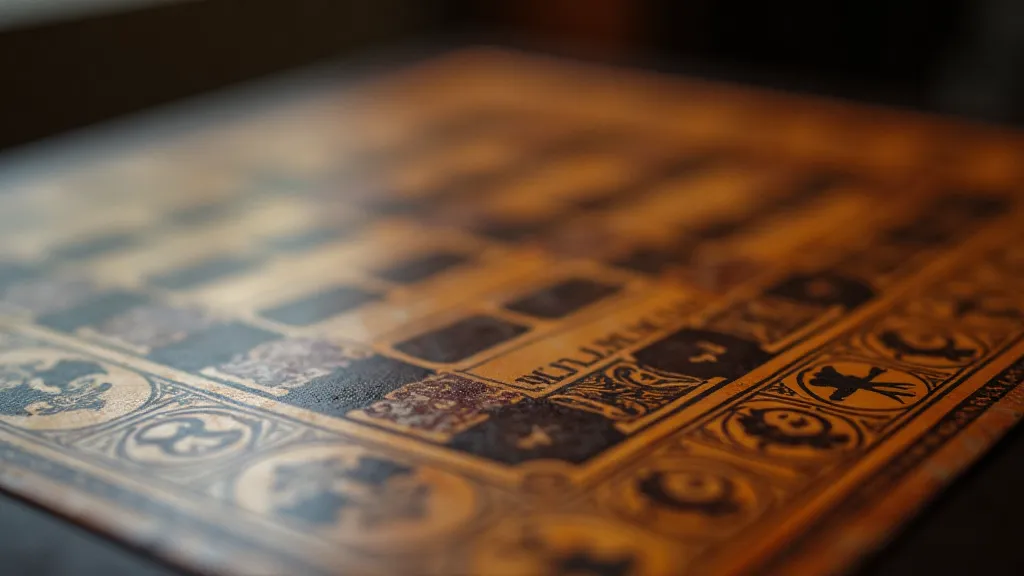
The Material Splendor: Craftsmanship and Cost
The difference between a mass-produced Parcheesi set of today and a genuine antique from the Gilded Age is staggering. Mass production simply wasn’t an option; each piece was meticulously handcrafted. Boards were often crafted from exotic hardwoods like ebony, rosewood, or mahogany, meticulously inlaid with mother-of-pearl or other precious materials. The playing pieces – traditionally called "marbles" – weren't made of simple plastic. Instead, they were carved from ivory, bone, or even semi-precious stones, often hand-painted with intricate designs. The dice, too, reflected the owner’s affluence, frequently made from ivory or bone, and frequently quite substantial in size. The stories embedded within these objects are captivating, not just about the game itself, but about the wider context of artistry and luxury. For those fascinated by the materials themselves, delving into the history of resonance of ivory and other bone game pieces unveils a captivating story of resourcefulness and refinement.
I recall the first time I held a particularly fine example of a late 19th-century Parcheesi set. The weight of the ivory dice felt significant in my hand, a tangible connection to the person who had used them over a century ago. The board itself was a masterpiece of woodworking – the grain of the mahogany swirling and dancing beneath a flawless finish. It wasn’t just a game; it was a work of art, something to be admired and displayed, a symbol of refined taste and leisure. The act of preservation is critical, ensuring these treasures endure for future generations to appreciate. Understanding the history of these manufacturers – and the regional differences in their approach – is an ongoing quest.
Beyond Entertainment: Games as Social Rituals
The Gilded Age parlor wasn’t simply a room for recreation; it was a stage. Social gatherings were elaborate, carefully choreographed affairs, designed to impress and solidify social standing. Parlor games were integral to these rituals. Parcheesi, with its element of chance and the potential for both triumph and humiliation, lent itself perfectly to the drama of these gatherings.
Imagine a lavishly decorated parlor, gaslight casting a warm glow on the assembled guests. Ladies in silk gowns and gentlemen in tailored suits engage in witty banter while playing a game of Parcheesi. The stakes might be small – a symbolic wager or a playful dare – but the social currency at play was enormous. The winner, even in a casual game, gained a subtle advantage – a moment of validation in a world obsessed with appearances. The regional nuances of these games – the particular rules adopted, the specific playing pieces favored – offer a unique window into the diverse communities of the era.
Collecting and Preservation: Appreciating the Legacy
Today, collecting antique Parcheesi sets is a pursuit filled with both challenges and rewards. Rarity, of course, plays a significant role in value. Sets made by renowned makers like McLoughlin Bros. or Milton Bradley, particularly those featuring elaborate craftsmanship and unusual materials, command the highest prices. Condition is also critical; while signs of use are inevitable and even desirable as evidence of history, significant damage, such as broken pieces or a warped board, can diminish value considerably. It’s a field where the silent sentinels – the regional board game manufacturers – often remain underappreciated, their contributions to this rich cultural heritage deserving of further exploration.
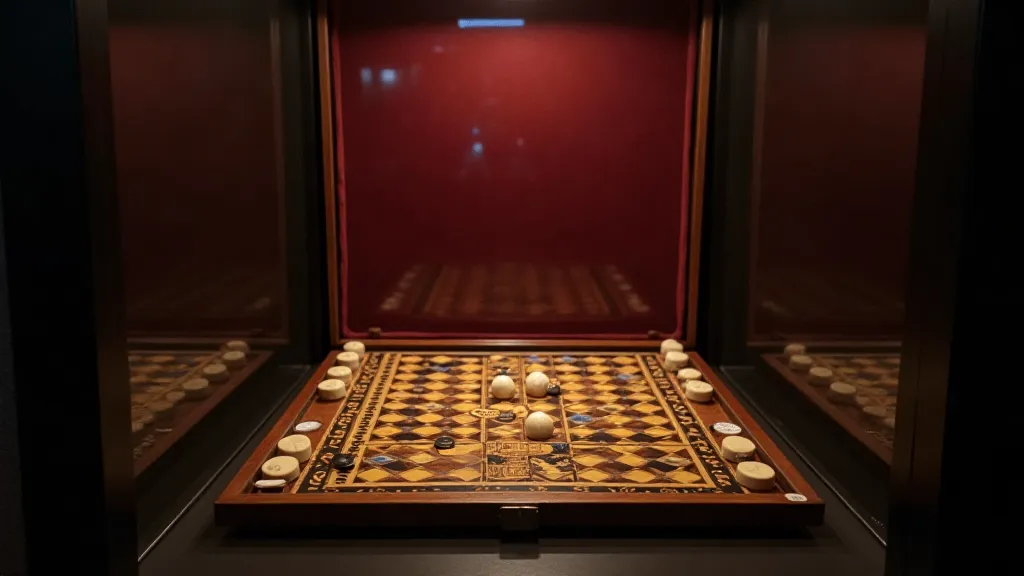
Restoration, while tempting, is a delicate matter. While cleaning and minor repairs can be beneficial, attempting to drastically alter a vintage set can be detrimental. It's often better to preserve the piece "as is," allowing its history to tell its own story. I'm always hesitant to aggressively clean pieces, preferring to remove only the most egregious grime – the patina of age is part of the charm. The language used to describe these games, the advertisements and catalogues that promoted them – all contribute to a rich tapestry of cultural expression.
Beyond the tangible objects themselves, the stories and language surrounding them tell a compelling narrative. The way games were marketed, the rules and conventions that governed play – all reflect the social values and aspirations of the era. Consider the carefully crafted descriptions used in advertisements; they weren’t simply selling a game, but selling a lifestyle. These games provided an opportunity to demonstrate wealth, taste, and social standing, all while engaging in a seemingly lighthearted activity. The very act of playing was a performance, a display of refinement and leisure.
The broader context of leisure in the Gilded Age is also crucial to understanding the popularity of Parcheesi and other parlor games. The concept of “spare time” was itself a relatively new phenomenon, and the elite were eager to fill that time with activities that showcased their status. Parcheesi, with its blend of chance and strategy, provided a perfect vehicle for this purpose. It was engaging enough to be entertaining, but also offered opportunities for subtle displays of skill and intelligence. And the games themselves often became integral to the décor of the era, reflecting the overall aesthetic sensibilities of the time.
The enduring appeal of these antique Parcheesi sets speaks to a deeper human desire for connection – a longing to experience the past and to appreciate the beauty of handcrafted objects. It's a pursuit that transcends mere financial investment; it's about preserving a piece of history and sharing it with future generations. Each set is a testament to the artistry and ingenuity of the people who created them, and a reminder of a time when games were more than just diversions – they were symbols of status, wealth, and social standing. The echoes of laughter and conversation from those bygone gatherings resonate in every piece, offering a glimpse into a fascinating era, when echoes of play – the phantom children of vintage board games – seem almost palpable.
The Enduring Appeal
The allure of these antique sets isn't solely about monetary value. It’s about the feeling of connection – the sense of holding a piece of history in your hands. It’s about appreciating the skill and artistry of the craftsmen who created these objects, and understanding the social context that gave them meaning. It’s about recognizing that even the simplest games can tell a profound story about a society’s values and aspirations. The lexicon of leisure extended far beyond just the games themselves; it encompassed the furniture, the lighting, the music – all the elements that contributed to a complete picture of refined living.
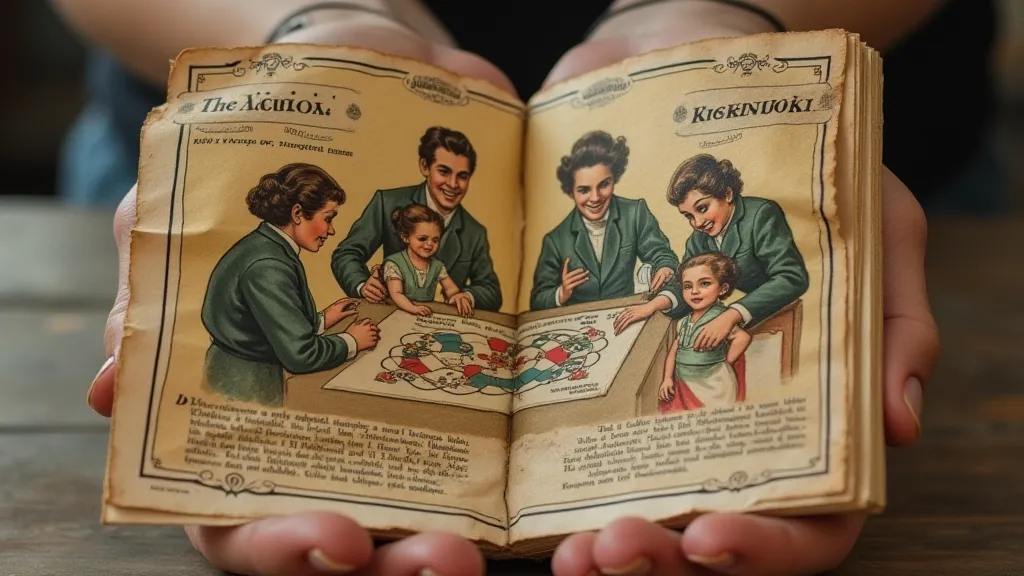
For me, collecting vintage board games, especially those like this exquisite Parcheesi set, is more than a hobby. It’s a passion - a journey through time, a celebration of craftsmanship, and a window into the heart of a fascinating era. It’s a way to connect with the past, to appreciate the beauty of handcrafted objects, and to share that appreciation with others. And, perhaps most importantly, it’s a reminder that even in a world of mass production and disposable goods, there is still value in preserving the legacy of artistry and tradition.

